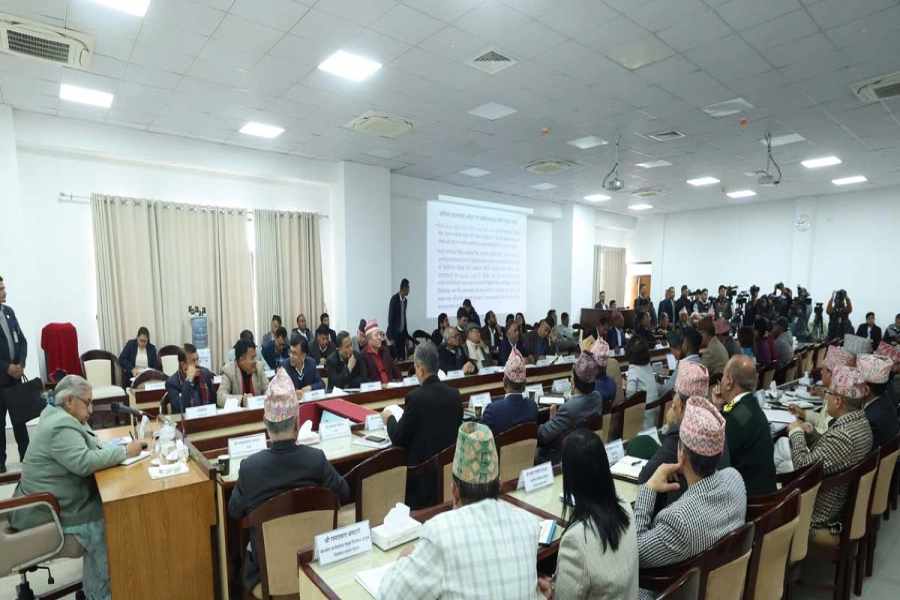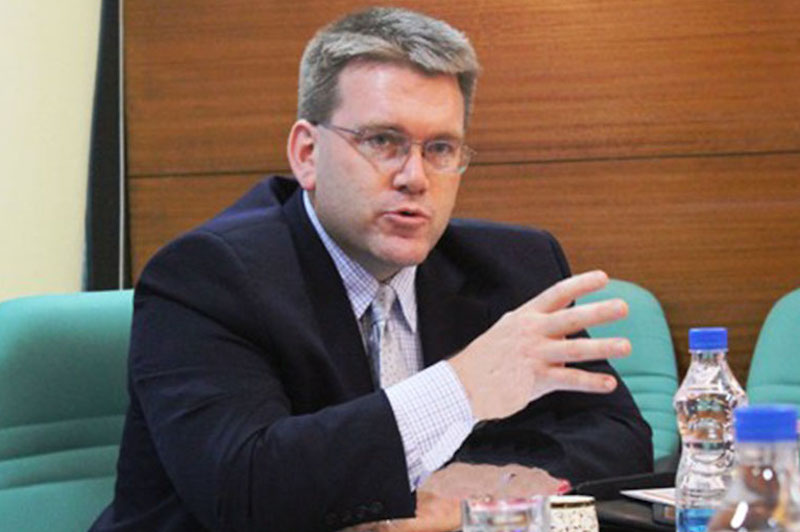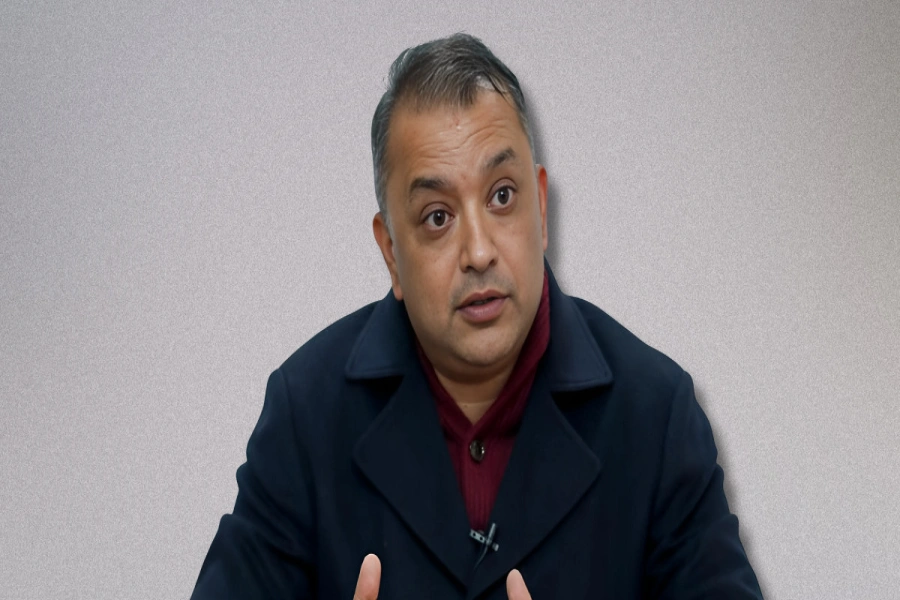KATHMANDU, Sept 3: Nepal’s public debt surged almost fivefold in the past one decade as the government failed to check unproductive expenditure along with increasing the revenue collection by a notable amount.
According to the Public Debt Management Office (PDMO), the country’s public debt stood at Rs 553.50 billion as of the fiscal year 2014/15, an increase of 4.46 fold. It has soared to Rs 2.472 trillion as of the mid-August this year. In terms of percentage, the country’s public debt increased 346.61 percent in the review period.
The public debt started to soar mainly since 2017/18, when the amount jumped by over Rs 130 billion (36.7 percent) in a year and recorded at Rs 1.433 trillion. In the consecutive two years, the borrowed amount increased by almost Rs 300 billion each. In 2023/24, the government took an additional Rs 134.68 billion to meet its financial liabilities.
Public debt exceeds Rs 2.434 trillion, increasing by over Rs 30...

As the government has failed to make up for its exorbitant spending due to the slow revenue collection, the country is facing an ever increasing burden of public debt in recent years. The government received a total loan of Rs 43.59 billion in one month between mid-July and mid-August in the current fiscal year.
The PDMO records also show that the share of internal debt in the country’s total borrowing has been increasing every year. In 2014/15, the domestic borrowing was Rs 206.68 billion, 37.3 percent of the total debt. It increased to Rs 1.203 trillion, which makes up 48.69 percent.
The government generally takes public loans to deal with economic recession, tame inflation, and building physical infrastructure in the country. As the revenue collected in Nepal is insufficient to cover even the immediate liabilities of the government, most of the development activities including infrastructure construction are being done by taking foreign loans.
The government has announced to spend Rs 353.13 billion in development projects in the current fiscal year. Out of the amount, only 13 percent has been earmarked to be spent from revenue sources, while the remaining 87 percent has been targeted to be funded by public borrowing.
Economists say that the increased portion of internal debt could adversely affect the private sector’s spending and take down the aggregate demand. In recent days, Nepal’s economy has been facing the heat of slowed aggregate demand that has largely affected the cash flow in the market.
For the current fiscal year, the government has set a target to raise a total of Rs 547 billion in debt. This includes a target of Rs 330 billion in domestic debt and Rs 217 billion in external debt.


































